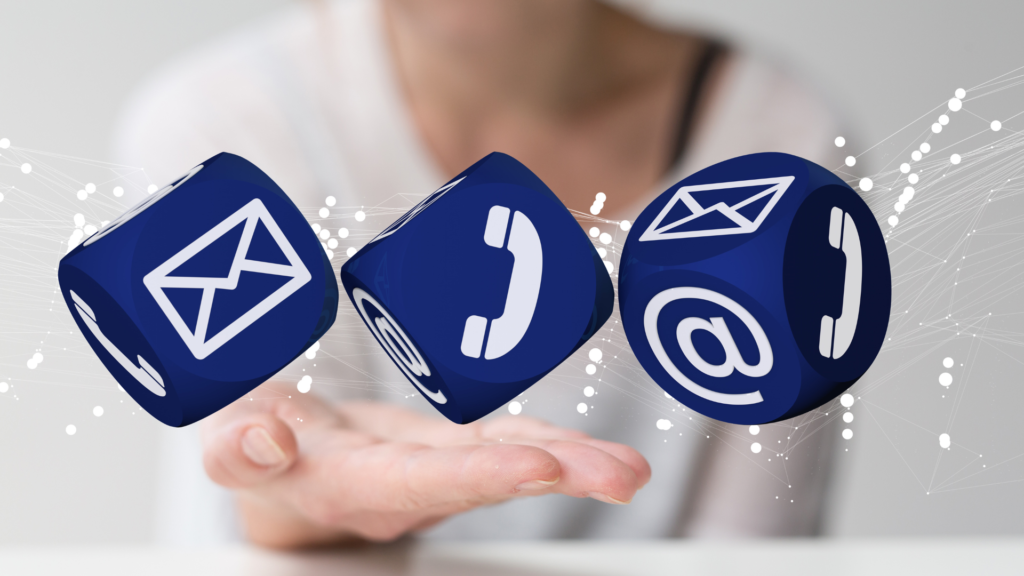Contact deflection in the contact centre refers to the practice of redirecting customer inquiries or complaints from the contact centre to other channels, such as a company’s website or social media platforms. The goal of contact deflection is to improve the efficiency of the call centre by reducing the volume of incoming calls, while still providing customers with the support they need.
Online resources and automation are commonly used to provide self-service options, such as a FAQ page or a knowledge base on a company’s website where customers can search for answers to their questions or find solutions to their problems without having to call the call centre. Alternatively, chatbots or virtual assistants can also handle a range of simple queries and provide immediate responses to customers, freeing up call centre agents to handle more complex issues.
Once beyond automation, web chat and social media platforms can also be used for contact deflection. Most companies have a presence on platforms such as Twitter and Facebook, and customers can use these channels to get in touch with the company and receive support in a way that is more convenient for the customer and more efficient for the company.
The key to driving increased contact deflection is understanding how customer contact fits into the wider, end to end customer journey. Mapping customer journeys as customers traverse the website, search FAQs and engage with chatbots before calling the contact centre will highlight the most common journey paths that drive contact volume. Steps can then be taken to improve each of these steps in turn to reduce journey ‘stalls’ that might be triggers for a voice contact.
Tracking customers in real time as they make these journeys also allows automated orchestration: a personalised SMS, an email, an in app notification or even a proactive outbound call might all change the outcome of the journey.
There are many benefits to successful contact deflection:
- Improved efficiency of the contact centre by reducing the volume of incoming calls. This can lead to shorter wait times for customers and a more efficient use of contact centre resources.
- Better customer experience through providing customers with a more convenient way to get support. Self-service options and chatbots can provide immediate responses to simple queries, while social media platforms can offer a more public forum for addressing customer complaints.
- Cost savings from reduced contact volumes. Redirecting some inquiries to self-service options or chatbots enables companies to reduce the number of call centre agents needed to handle incoming calls.
Call deflection can be taken too far however and it’s important to maintain a high level of customer service and to ensure that customers are able to get the support they need through the channel of their choice when they need it.
A well thought out and implemented contact deflection strategy can be a valuable tool for improving the efficiency and effectiveness of the call centre whilst also providing customers with convenient support options and an enhanced customer experience.
Read our Use Case on Contact Deflection to learn how Tracxion understands why customers are calling you and how to deflect those contacts.






